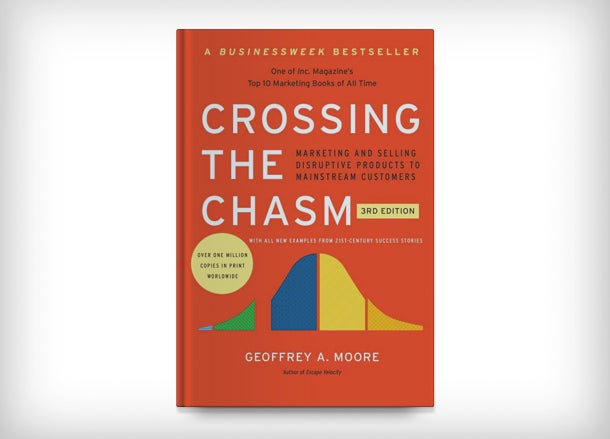
Creating a successful startup is all about marketing these days, no matter how compelling your solution. Technologists have long believed that marketing is only required when selling the next pet rock, but in this age of information overload, even the most exciting solutions will be lost from view or assumed to have no value unless they are surrounded by hype.
According to Urban Dictionary, hype is âa clever marketing strategy where a product is advertised as the thing everyone must have, to the point where people begin to feel they need to consume it.â
Even technology solutions with a large intuitive value, such as a cure for cancer, need hype for visibility, education, side-effect considerations and to avoid a scam label. What most entrepreneurs fail to appreciate is that even the most basic marketing takes time, money and creativity, and even the best still may not succeed in winning over competitive approaches or the status quo.
Related:Â 4 Secrets to a Successful Product Launch
Marketing acceptance, especially for new technologies, actually goes through several predictable stages, called the hype cycle, as outlined by Gartner research. This cycle is actually an evolution to total acceptance of a specific solution or technology, based on the effectiveness of the marketing and hype and on the feedback of early users.
Progress through these phases is unpredictable in time, often takes many years, and can only be measured by customer surveys and market penetration analyses. Here are the five key phases:
1. Innovation trigger
Every new startup rolling out an innovative solution is the start of a new cycle. Early hype actually should precede the final product, and consists of proof-of-concept stories, media events and industry exposure. Every entrepreneur in stealth mode who insists on waiting for their product runs the risk of being a non-starter.
2. Peak of inflated expectations
This is the phase where the marketing hype has fully kicked in, often creating unrealistic expectations which the solution canât yet deliver. Many startup solutions flame out at this point. According to Gartner’s Hype Cycle Special Report for 2014, wearable user interfaces such as Google Glass are now in this stage.
3. Trough of disillusionment
Solutions and startups that stumble under inflated expectations quickly lose their allure, and enter a long period of slow growth or even a big downturn. Technologies used in these solutions are then seen as red flags by investors. Examples include mobile health monitoring, NFC (near field communication) and virtual-reality systems.
Related:Â 6 Steps to a Successful Product Launch
4. Slope of enlightenment
Over time, with more marketing, and with further enhancements, customers begin to understand and accept the practical benefits of a given solution. This is the phase where strategic partnerships and new markets are key. Investors seek out startups at this point that are well positioned for rapid scaling.
5. Plateau of productivity
This phase more specifically applies to technologies that have evolved through multiple generations and are widely accepted. Multiple startups can now spawn solutions from the technology, and position themselves for rapid customer growth and early seed-stage support from investors.
I have intentionally broadened the hype-cycle definitions from their traditional hard-technology application to include soft technologies, such as social networks and entertainment. The rules for technology startups are no longer unique — marketing and hype are now as critical for business-to-business solutions as for business-to-consumer solutions.
There is evidence that the elapsed time of each phase is getting shorter, which just means that every entrepreneur needs to start earlier, and measure feedback more carefully, or risk failure by working on the wrong problem. As an angel investor, I often hear startups touting inflated expectations, or refusing to pivot in the face of disillusionment for their technologies.
The days are gone for those who believe that âIf we build it, they will come!â Growing a business in this highly connected and information-intensive world requires a total focus on marketing and evolving customer perceptions. The best startups start early, and put as much focus on the hype as they do on the product. Where is your solution in the hype cycle?
Related:Â A Blueprint for a Killer Product Launch (Infographic)






















